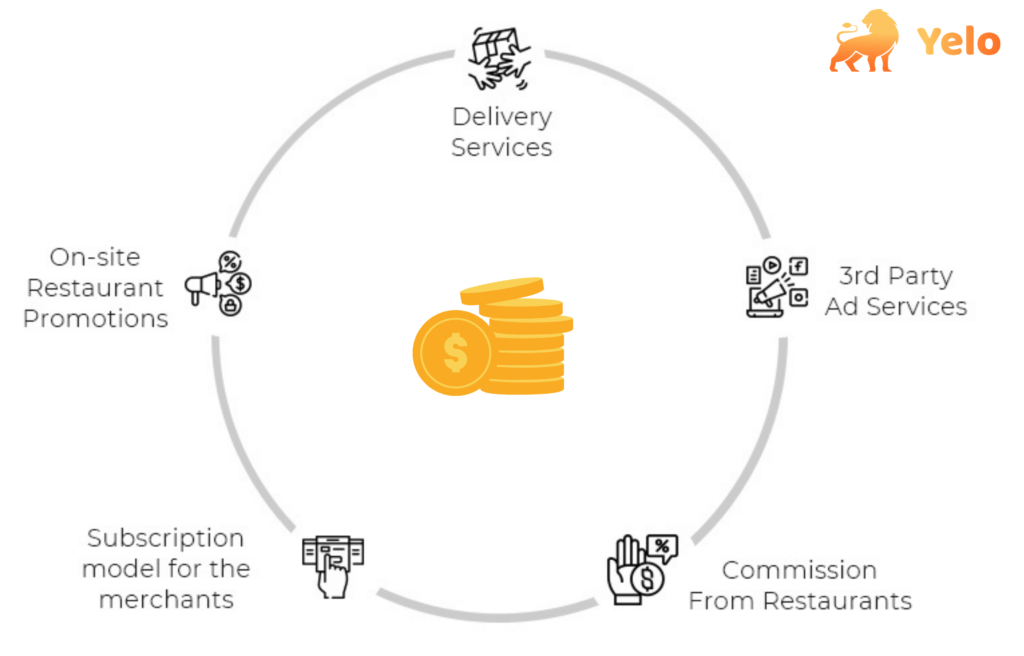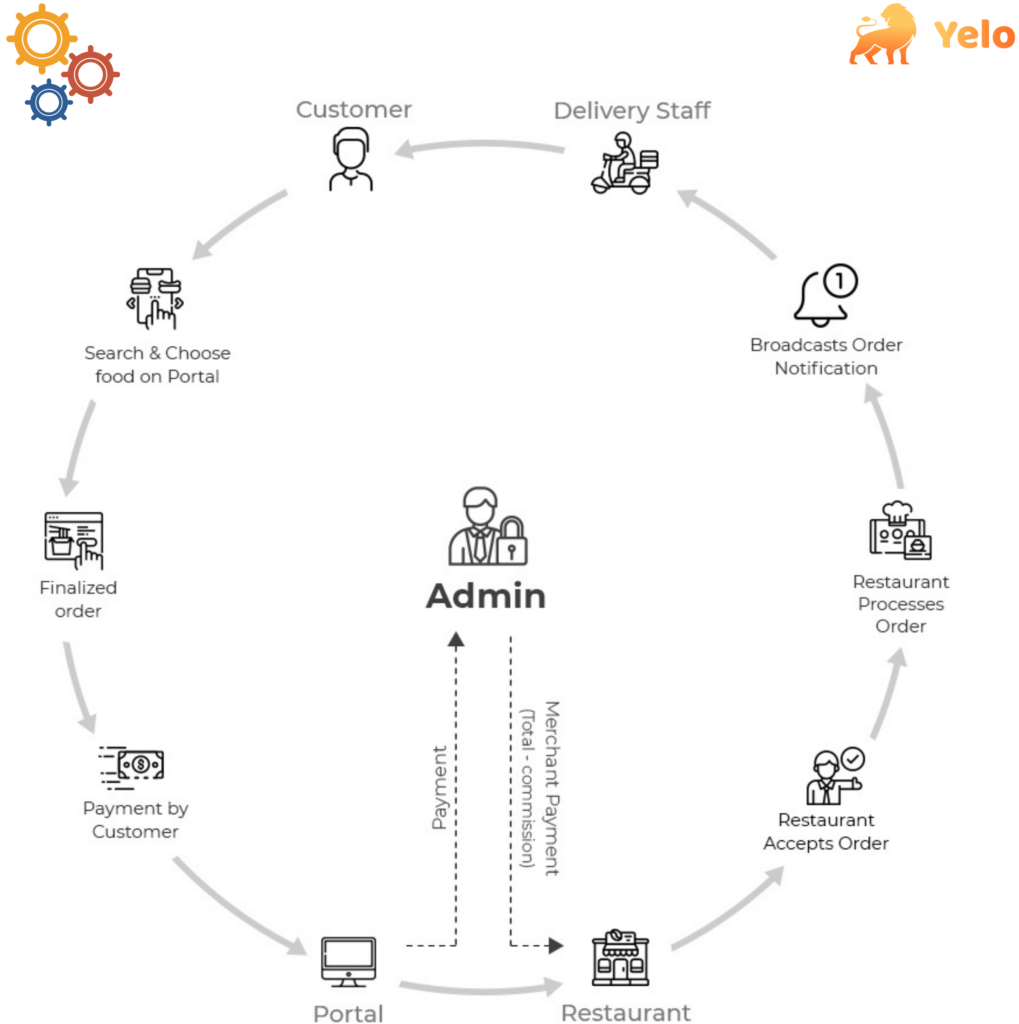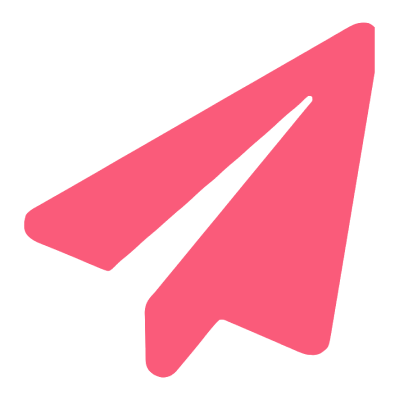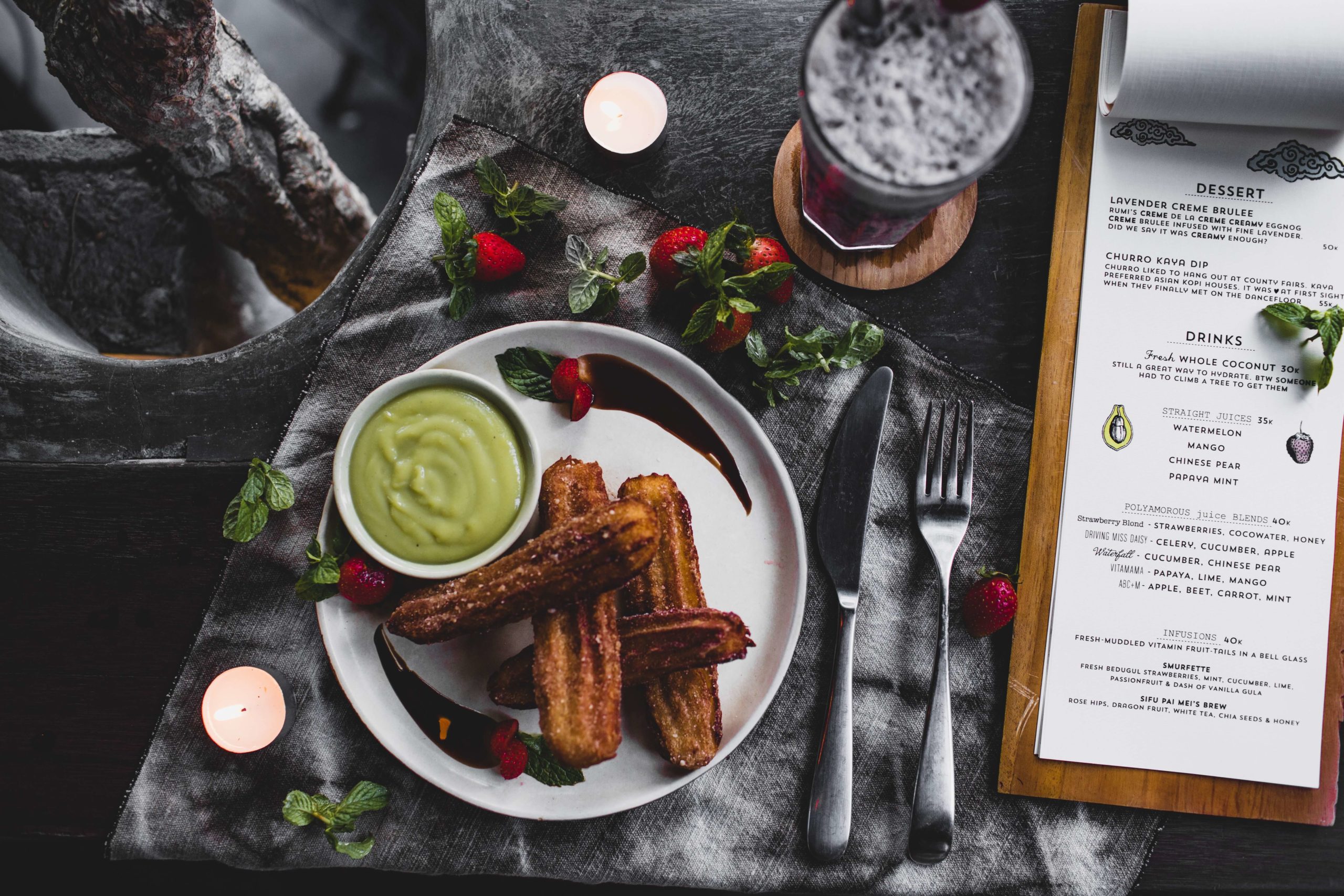
In the wake of the COVID-19 crisis, everything changed overnight. Customers want to stay away from the contagion. And, that’s why online food ordering platforms have become valuable. With online food delivery, customers can order online and have their food delivered right to their doorstep from the comfort of their homes. And that’s fantastic! Online food ordering and delivery platforms have enhanced the convenience level of the customers as well as driven the restaurants’ sales in the market through their strong online presence.
- Why invest in the online food ordering & delivery business?
- How to make money out of your online food business?
- What components are included in an online food ordering and delivery system?
- Which are the key features an online food business must have on its platform?
Why invest in the online food ordering & delivery business?
- Recently, the online food industry has boomed, and the sudden increase has created an enormous opportunity for food delivery startups. The global revenue of this industry is expected to show a growth rate of 7.5% resulting in a projected volume of US$182,327M by 2024.
- 60% of U.S. consumers order delivery or takeout once a week.
- Online food ordering and delivery have increased by 300% when compared to dine-in traffic since 2014.
- The on-demand food delivery business recorded unprecedented growth worldwide, with over 14% CAGR from 2018 to 2020.
- On-demand delivery apps like Instarcart, Walmart Grocery, Shipt, and Target, have recorded a surge in daily downloads of 218%, 160%, 124%, and 98% respectively recently.
- According to Statista, in 2024, the revenue of the Online Food Delivery segment worldwide would be around 96,864.4 million USD.
How to make money out of your online food business?
The ease of ordering food online and a shift in customer preferences have boosted the online food delivery industry. To meet changing customer demands, restaurants and local food joints have launched their online food delivery software. Here are some of the most lucrative sources of revenue for your food delivery business:
- Advertisements: Online platforms rely on advertising as a major revenue source. Businesses add discount and promotional banners within their marketplace to enjoy high traffic and escalate sales. It’s a great way to increase revenue and visibility.
- Premium memberships: Repeat customers are indispensable to businesses that aim to earn balanced revenue through repeat purchases. For that reason, a premium membership is a good option for both customers and vendors. Premium memberships can entail numerous benefits such as zero transaction fees, free delivery, some percentage off on all orders, etc.
- Commission on every transaction: Charging a commission on each transaction is the most important source of revenue. The admin provides a platform for food via which transactions can be completed. For every transaction that is processed, the business earns a commission.

What components are included in an online food ordering and delivery system?
Ordering system components:
- Customer website and applications
- Restaurant/Store dashboard and applications
- Admin Dashboard – Order Management
Delivery system components:
- Delivery driver applications
- Admin Dashboard – Delivery Management
Have a quick look at the working of the online food ordering & delivery platform through the combination of all the above components:

Which are the key features an online food business must have on its platform?
Introducing the 8 key features below:
- Independent Marketplace Setup
- Browsing and Listings
- Restaurant & Catalog Management
- Fulfilment and Delivery
- Marketing and SEO
- Payments & Checkout
- Chat & Notifications
- Real Time Analytics
- Independent Marketplace Setup
- No-code technology: No-code, as clearly states, means no coding or zero coding. Restaurants can easily set up food delivery platforms without any technical knowledge.
- Theme and layouts: To beatify the marketplace, a variety of themes can be browsed and layouts can be applied. This enhances the look and feel of the food delivery platform.
- Multi-lingual: When operating globally, the restaurants may have customers speaking different languages, so the food ordering system should definitely have a set of languages from which the desired ones can be selected.
- Browsing and Listings
- Search and navigation: The customers can search and browse the restaurants on the food ordering app & website and view their details.
- Geo fencing: By fetching their current location, the customers can even view their nearby restaurants or food stores and order food locally for themselves. These can be viewed both in map & list view.
- Sorting and filtering: Searching can be made simpler through the options of sorting and filtering for restaurants and products.
- Ratings and reviews: For every order, the customers can rate the restaurant and the delivery driver and also, write reviews for them.
- Schedule orders: What if the customer is not planning to order something immediately? Not an issue, with the schedule feature, the customers can have it delivered anytime.
- Social media sharing: The options to share the food experience can be achieved through social media like Facebook or WhatsApp, where customers can share the links to the products directly from the food ordering app.
- Favorite Restaurants: The access to the favorite restaurants is much more easier when customers mark a restaurant as favorite and just browse the favorites list to place an order from a restaurant.
- Restaurant & Catalog Management
- Business Categories: No need to be limited to one variety of food. Give your customers the food experience they can get nowhere and offer a variety of food categories ranging from Chinese, Italian to Indian.
- Import/Export Catalogue: Have a big list of catalogs to feed in? The feature to import the catalog into the food delivery platform through CSVs can be a big help. Importing of thousands of entries only in a few seconds.
- Add-ons and Variants: Supplement the food items through an option of add-ons along with the product so that the customers can choose to enhance their food.
- Availability and Schedule: Restaurants can easily setup their opening and closing hours and enable option for Preorder as well, so that the online ordering never stops.
- Inventory management: Inventories of food items can be efficiently and accurately managed without any manual interference.
- Fulfilment and Delivery
- Real-time Tracking: The customers can never be lost and uninformed if they get real-time updates of their order along with ETAs. This is the most important feature of an online food ordering and delivery platform.
- Notifications & Alerts: The customers can easily get notifications and triggers based on the events set on the platform through which they can be updated time-to-time.
- Optimized Routes: Multiple orders delivery is no more a trouble now. With the route optimization feature available in the online food ordering and delivery platforms, the drivers can follow an optimized route and do deliveries faster.
- Auto Allocation: No human involvement is needed when it comes to the allocation of delivery drivers to the orders, when there is an intelligent feature of auto-allocation that automatically assigns tasks to the delivery drivers based on certain parameters.
- Proof of delivery: As a business owner or restaurant, you can verify the orders completed by the delivery drivers by checking the details like Proof of delivery and e-signature.
- Marketing and SEO
- Search Engine Optimization: Easily control the marketplace’s meta tags, visible sitemap and robots.txt files through SEO.
- Gift Cards: Gift card feature can be enabled for customers to send and receive money from their friends and relatives.
- Discounts: The restaurants can set discounts on specific products or for the entire product catalogue occasionally to increase sales and consumer traffic.
- Social Logins: Help the customers to register and sign in with Facebook, Google or Instagram accounts which is a simpler way to get them connected to the food delivery app.
- Promotional Banners: Let the customers know what’s new and exclusive in the food marketplace through the ad banners that can be set based on city or restaurant.
- Loyalty Points: Reward loyal customers by offering loyalty points that can be accumulated by placing orders and which in turn, can be redeemed against the next order values.
- Payments & Checkout
- Guest checkout: Convert your customers towards ordering through Guest Order functionality by which they can browse the catalog first and then complete the checkout.
- Delivery modes: Restaurants can offer both types of delivery modes at checkout: Home Delivery and Takeaway. Accordingly, delivery charges can be imposed on the orders.
- Cancellation and refunds: The food ordering and delivery software gets completed only if it is providing a feature to cancel the order and have refunds for the same as it is directly connected to consumer behaviour on the platform.
- Commission: Business owners can provide the restaurants with their share or commission through the online platform itself and get the settlement done in real-time.
- Payment methods: The customers can get the ability to pay online or contactless through the integrations of a plethora of payment gateways, according to their choice.
- Wallet: The online food ordering and delivery platform should be able to provide wallet functionality to both the customers and the delivery drivers to smoothen the payments and earning processes.
- Chat & Notifications
- Custom Bots: The custom bots can be used for the food marketplace to engage with the customers and maintain consistency.
- Live Chat: Restaurants need to listen to their customers, identify pain points and solve the queries, therefore a feature to chat on every order is mandatory.
- Real Time Analytics
- Google Analytics: With the integration of Google Analytics with the food delivery platform, the access to analytics has no limits. Track sales, visits, and referrals through the GA dashboard directly.
- Reports: View and download the analytical reports for the sales, customers and orders and filter them on the basis of date.
You would surely be impressed with such a feature-rich platform, right? Now, no more hunting when Yelo is right beside you. Yelo is a no-code platform powering direct-to-consumer and hyperlocal businesses to get digital in the market.
Experiencing fewer walk-in customers? Your next order could be just around the corner and be ready to process it through a vast online food ordering and delivery platform having intelligent technology. Sign up with Yelo today and hop on a free 14-day trial.

Subscribe to stay ahead with the latest updates and entrepreneurial insights!

Subscribe to our newsletter
Get access to the latest industry & product insights.






























